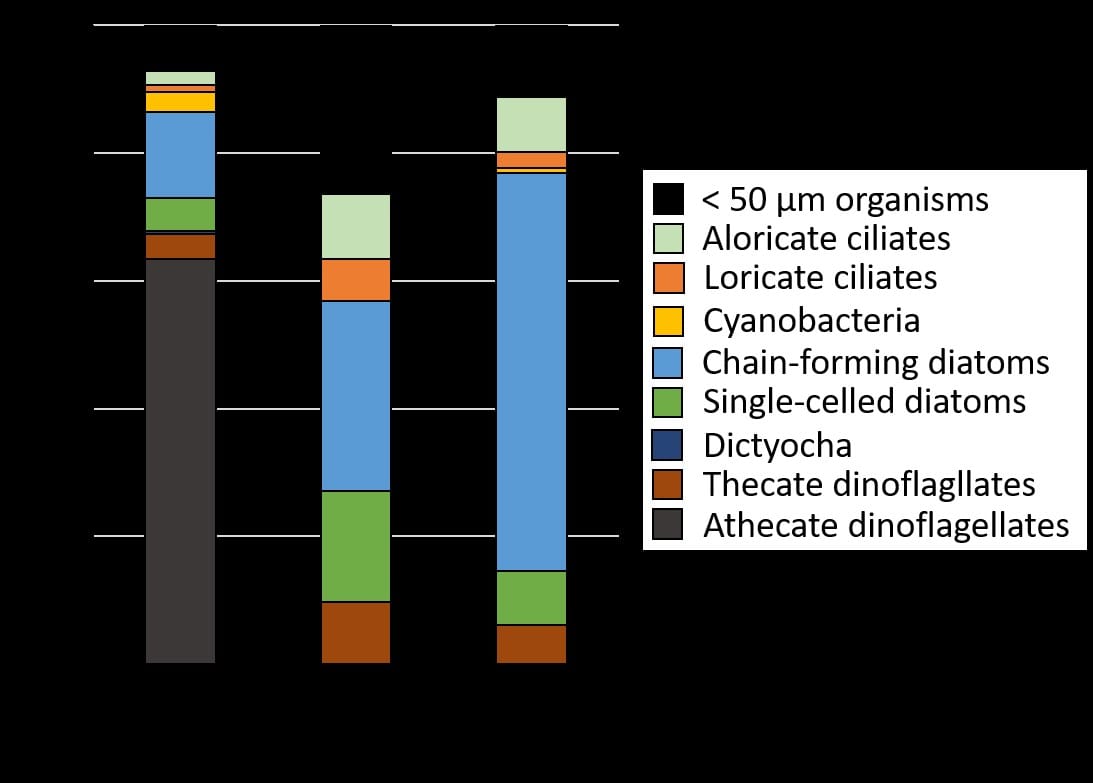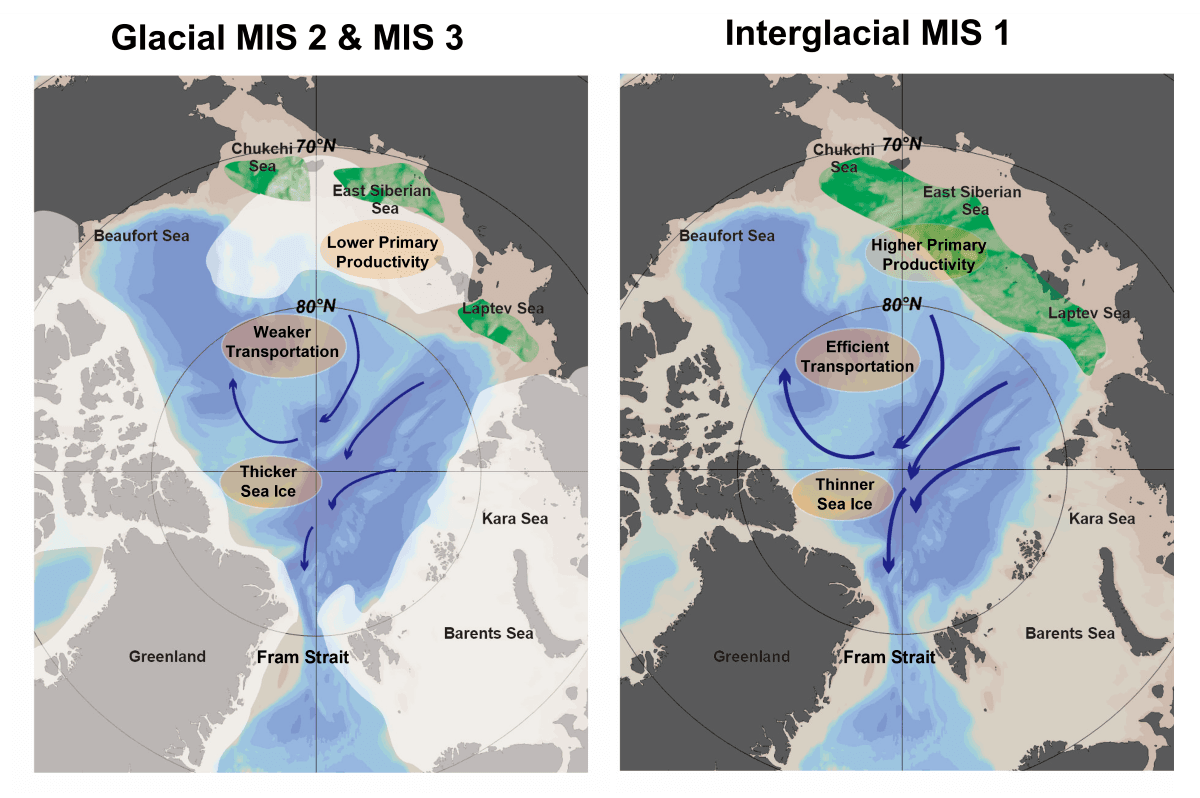一個擁有多物種的生態系統必定是由大量的稀有物種(個體數量少的種類)與少量的優勢種(個體數量多的種類)所組成,此現象通常以物種豐度分布(species abundance distribution)來表達。Aspecies-rich ecological community is composed of few abundant species and a large number of rare species. This universal phenomenon,known as species abundance distribution (SAD), hasintrigued a century of research to understand the underlying mechanism for a general law of community, yet remains controversial.In past, most of studies have treated SAD as a static pattern. It is believed that changes of biodiversity and community structure through time are regulated by compensatory dynamics in a species-rich ecosystem. That is, community is compensated by constituent species: some species become rare, while the others turn to dominance through time. This turnover of species abundances and maintenance of rare part of SAD keep the ecosystem resilient to environmental changes.As such, the shape of SAD remains static even though species are constantly changing. However, in reality, SAD may not be static over time.Specifically, when an ecosystem ispushed by environmental changes over a critical threshold, the balance of rare and dominant species may fail and rare species may not recover from disturbances.
To understand dynamic nature of SAD, a research team led by professors Chih-hao Hsieh and Takeshi Miki and their students, Cheng-Han Tsai and Chun-Wei Chang, of the Institute of Oceanography, National Taiwan University, with collaborative effortsof scientists from Japan studied long-term variation of phytoplankton in Lake Biwa (Figure 1), the third oldest lake in the world and the largest in Japan (water reservoir for Kyoto and Osaka). This study discoveredthe recovery failure of rare species and changes of SAD and biodiversity of phytoplankton community in response to a directionally changing environment in Lake Biwa. This study is published in Ecology andwas recently highlighted by NHK and Asahi News, Japan. Using a unique >30 year-long phytoplankton time series data of Lake Biwa, the study found those rare species that adapt to littoral (coastal macrophyte, sandy and rocky shore) habitats have disappeared in late 1980’s in response to lake warming,decreased water level variation,and re-oligotrophication (i.e., reduced nutrient supply) (Figure 2).According to the study, the disappearance of specific rare species is also correlated with the shifting climatic conditions in late 1980’s, and these species have yet been recovered.Stabilizing water level variation by lake management could further obstruct the recovery of rare species. The study showed that the changes of specific functional response group (littoral species) explain the dynamic cause of SAD. That is, rare and common species in a community can result from their specific responses to environmental changes.The rise and fall of rare species from functional groups provides a species trait-based and dynamical explanation for why some species are rare and others are common in nature.
References
Tsai,C. H., T. Miki, C. W. Chang, K. Ishikawa, S. Ichise, M. Kumagai, and C. H. Hsieh (2014) Phytoplankton functional group dynamics explain species abundance distribution in a directionally changing environment. Ecology. DOI: 10.1890/13-1946.1
Hsieh, C. H., K. Ishikawa, Y. Sakai, T. Ishikawa, S. Ichise, Y. Yamamoto, T. C. Kuo, H. D. Park, N. Yamamura, and M. Kumagai (2010) Phytoplankton community reorganization driven by eutrophication and warming in Lake Biwa. Aquatic Sciences. 72: 467-483.
Figure 1. Images of phytoplankton taken from Lake Biwa. (Photo by Keiichiro Watanabe)
Figure 2. Decadal change in species abundance distribution of phytoplankton in Lake Biwa. The rare species that adapt to littoral habitats (green) have disappeared in late 1980’s in response to lake warming, decreased water level variation, and re-oligotrophication, and have not yet recovered.
生態學家對於物種豐度分布的研究已經有近一百年的歷史;直到今天,探討其背後的機制仍然是當代生態界的熱門話題並充滿爭論。綜觀過去關於生物群聚物種豐度分布的研究,只關注長期的平均態,或是只採樣一次後假設物種豐度分布不會隨時間改變,這些研究基本上相信物種豐度分布永遠處於穩定態(static):當有些物種的豐度變少,群聚裡其他物種的豐度就會變多以此維持總生物量,也就是雖然生物種類會隨時間改變而興衰更迭,但物種豐度分布卻可以維持平衡和穩定。大多數生態學家相信,物種族群數量的交替變化與群聚結構裡稀有物種的長期存在,可以幫助生態系從環境擾動中回復。因此,即使物種族群數量不斷地隨時間變動,物種豐度分布依舊保持穩定態,而稀有物種會一直存在以維持群聚結構。然而,這些傳統的認知,是否真的能解釋大自然的運行?其實自然界中物種豐度分布不一定維持穩定態,尤其當生態系被環境擾動推向臨界時,原本穩定態下之稀有物種與優勢種的平衡可能被打破,造成群聚裡的稀有物種無法從環境擾動中回復。
臺灣大學海洋研究所副教授謝志豪、三木健與學生蔡政翰、張俊偉,以及日本琵琶湖研究中心成員合作組成國際研究團隊,研究日本最大淡水湖琵琶湖(京都與大阪集水區)中藻類〈圖一〉群聚結構與物種豐度分布的長期變化。研究結果發現湖藻群聚裡特定稀有物種受湖泊環境變動所影響而消失,至今尚未回復,而且造成生物多樣性與群聚結構變動。此研究刊登在美國生態學會刊Ecology,並且被日本NHK與朝日新聞特別報導。研究團隊使用超過三十年的藻類群聚與湖泊環境長期觀測資料,發現屬於沿岸棲地功能群的藻種為群聚結構裡主要的稀有物種,這些物種在1980-1990後期因為湖泊暖化以及人為減低水位變動與去優氧化而消失〈圖二〉。研究顯示,消失的特定生態功能群稀有物種與當時氣候條件大幅轉換也有相關性,而這些消失的稀有物種至今超過20年仍未回復。同時,集水區水庫管理造成水位變動幅度縮小,也可能進一步阻礙稀有種回復。此研究闡明,生態功能群對環境擾動的反應可以直接解釋物種豐度分布的動態過程:即群聚中稀有物種與優勢種之變化為反應環境變動的結果,而特定生態功能群中稀有物種的興衰更迭與其物種特徵有關。這些研究結果,提供了探討物種豐度分布機制與群聚結構新思維和驗證方法。
參考資料
Tsai,C. H., T. Miki, C. W. Chang, K. Ishikawa, S. Ichise, M. Kumagai, and C. H. Hsieh (2014) Phytoplankton functional group dynamics explain species abundance distribution in a directionally changing environment. Ecology. DOI: 10.1890/13-1946.1
Hsieh, C. H., K. Ishikawa, Y. Sakai, T. Ishikawa, S. Ichise, Y. Yamamoto, T. C. Kuo, H. D. Park, N. Yamamura, and M. Kumagai (2010) Phytoplankton community reorganization driven by eutrophication and warming in Lake Biwa. Aquatic Sciences. 72: 467-483.
圖一琵琶湖中的浮游植物. (圖片來源:Keiichiro Watanabe)
圖二琵琶湖中浮游植物物種豐度分布的十年際間變動。屬於沿岸棲地功能群的藻種(littoralspecies)為群聚結構裡的稀有物種。這些物種在1980-1990後期因為湖泊暖化以及人為減低水位變動與去優氧化而消失,至今超過20年仍未回復。











